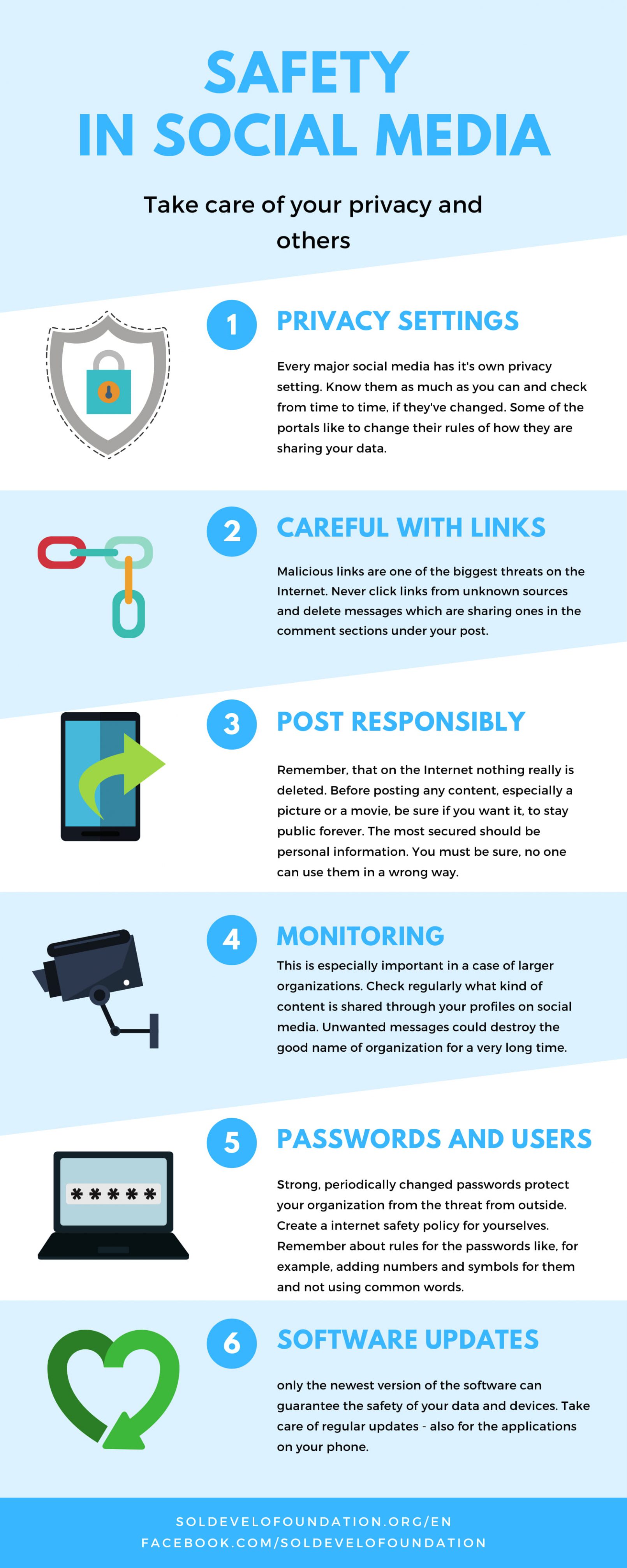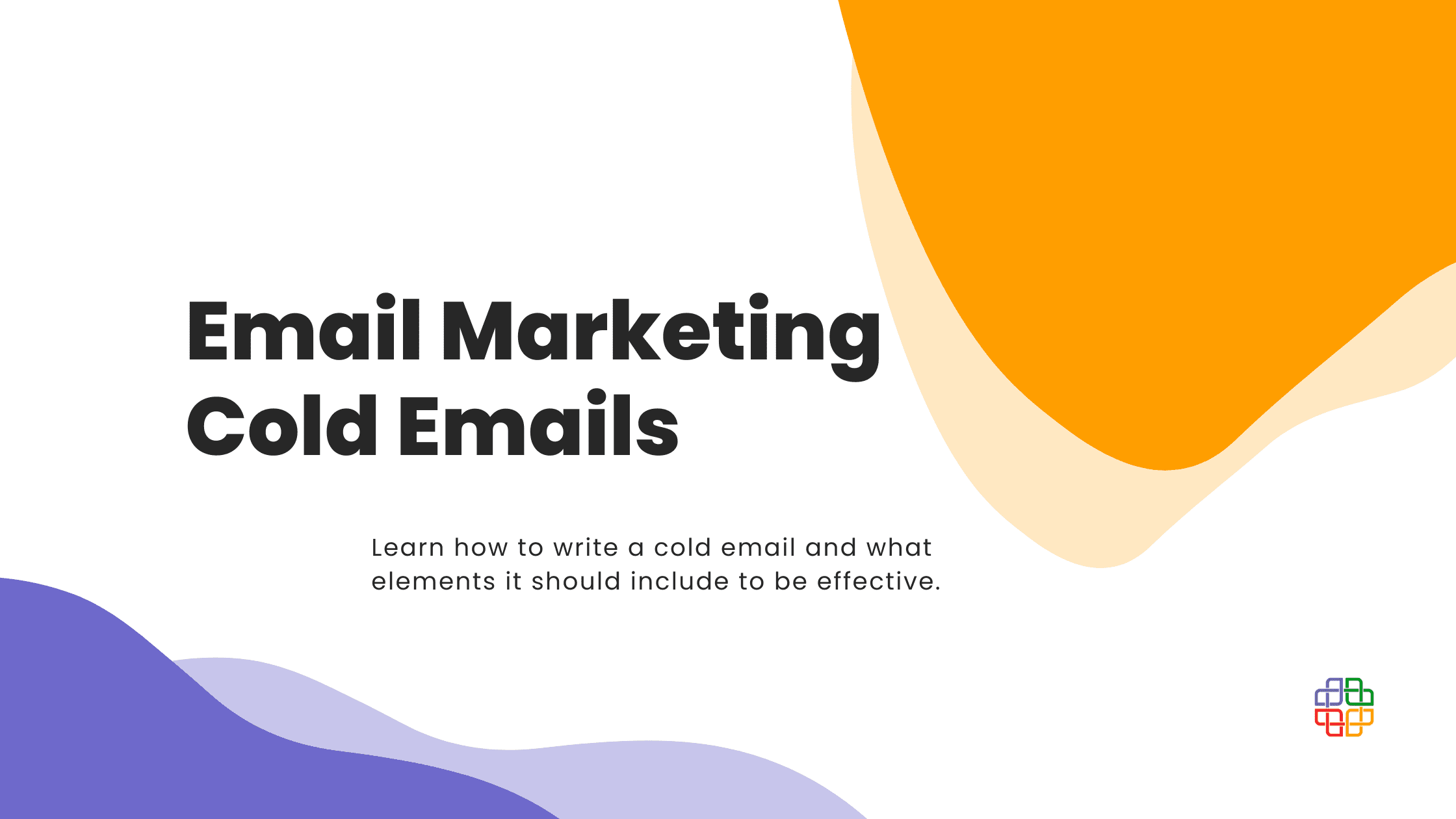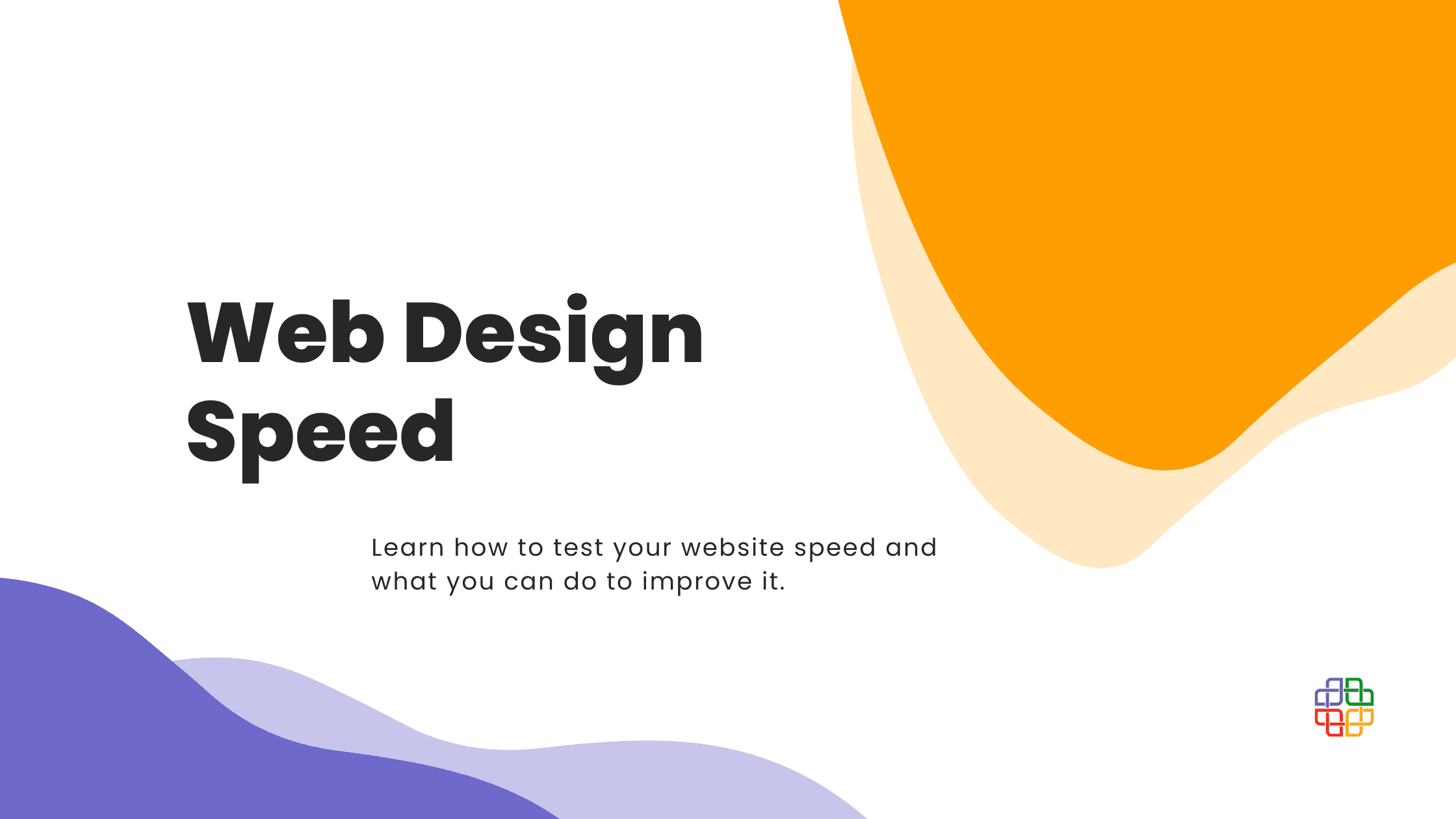
Using social media by organizations has become not only a privilege but a necessity. Thanks to them we have direct contact with our audience. Nowadays they can see what we are doing, how we work on a daily basis. They can even comment or show their approval (or dislike) of our actions. New types of communication bring many new responsibilities for organizations. How we can assure the safety in social media?
Unfortunately, social media can be very dangerous. Especially in terms of privacy and safety on the data. Both our and our audiences. That is why it is worth to spend a couple of minutes from time to time, to be sure if our information isn’t used in a malicious way. USAID has created a list of rules that are worth to use when we are in charge of the social media profile. Thanks to them you and your data will be more secure.
1. Read and understand privacy and security setting
Every social media platform have its own security and privacy settings. It is worth your time to check it from time to time. Why? Because some of the platforms like to change it, without communicating it to their users. Because of that, we can share some information without even realizing it. Sometimes with institutions, we wouldn’t like to be connected with.
That is why it is better to assume, that our privacy is never safe in social media. Let’s be careful when we are posting our content and never put in there data, that shouldn’t be public.
If the site itself tells you about changes in their policies, it is always worth a read to see what is new. Even if we didn’t understand it (because of the specific languages) there will be dozens of articles, that will explain them to us.
2. Be careful with linking
Malicious links are one of the most common threats on the internet. They can appear on your e-mail or in a comment under your post. Very often they look like an advertisement, to bait you to click a link. That is why clicking the links from an unknown source is never worth it. We can become a target of digital attack because of that. One click can lead to stealing our data or being infected by a virus or malware. And if this kind of link will appear on our social media page – this could harm also the reputation of our organization.
3. Post carefully
It is very easy to lose yourself in positive aspects of social media. Quick communication, big audiences, interesting content – all of this is very attractive. Nonetheless, we should always be careful of what and how much we are sharing. Your privacy is never guaranteed for 100%. Every your post can be shared even further, into the deeper depth of the internet. Global public also mean lack of control of how audiences are using your content and how they are representing your organization. It is worth to note, that social media have all the right for content, that you are posting in them. It can mean that (for example) Instagram can use your photos without your consent.
It is also important to not to share a piece of sensitive information about yourself, your organization, people working in it or supporting it. You should never post your date of birth, names of your family or home addresses. Not only thanks to this information someone could steal your identity, but it could also help with hacking into your bank account. If you not sure, if you want to share some content, it is usually better to be very careful, than later regret something.
4. Monitoring
Monitoring your social media presence is very important. Especially when your organization begins to grow and new users are getting access to writing on your profile. You should regularly do an audit of all your social media activities and on the internet overall. It can happen, that one person from your organization will share something, that is not one the level you imagine for your brand. Tens of hours can go to waste in just a couple of minutes. That is why monitoring of who is posting what on our profiles is so important. You should also delete old accounts and get rid off permissions for people, that shouldn’t have them. This will assure the safety in social media of your image as an institution.
5. Passwords and users
Strong and secure passwords are incredibly important for keeping safe your organization. They also protect you against unwanted use of your accounts. Never use just one password for all of the social media profiles. Here are some tips for creating strong and secure passwords and assure the safety in social media.
- Every password should be secure and private
- Create strong and unique passwords. It should be longer than 7 characters, with lower- and uppercase letters and at least one number. Never use the words from dictionary, names and surnames, dates or other series of numbers. And word “password” as a password.
- Every account should have its own password
- Change your password regularly, at least two times a year. Especially, when a new person arrives in your organization.
- Separate your private profiles from your work ones.
- Never write down your passwords on your computer or mobile devices
6. Software updates
Using old or pirated versions of software can be very dangerous and not secure. To avoid all the problems, it is worth to be sure, that every application on your computer or mobile is legal and updated. It is also important for web browsers. They should update themselves automatically, but if we not sure – check on the website, if you are using the most recent version.
7. Rights for privacy
Always take care of the privacy of the data of your employees, partners, audience and clients. The safety in social media also means keeping data of people around you safe, not only yourself. Personal information should only be shared with a clear agreement from the person. In the case of children – only with knowledge and acceptance of their parents. If you think sharing the specific information about someone could help your organization – get sign agreement from him or her. With written down all of the specifics of using their image. It is something different to use someone’s photo on Facebook than printing his face on thousands of brochures.
Equally important is protecting such information as addresses, dates of births or phone numbers. One of the ways of avoiding unintended sharing of this kind of data is not collecting it or only if it is absolutely necessary. But when we have to do this, it is good to limit the access to this data only to people, who are using this information in their work.
8. Intellectual property laws
Before using a specific photo, video or any other kind of material for content, be sure that it isn’t copyrighted. If it is necessary, add the information about copyrights next to the content. Even if the author is giving up rights to his work (by Creative Commons licence or other), it is worth to thinks about putting the link to his work. It is always worth to promote good artists.
You should remember, that not everything that you can find on the internet is free to use and copy. You should never use someone else’s work and pretend that you are the author of it.
Like us on Facebook for new infographics and blog posts about how technology can help your organization.
Our fanpage: https://www.facebook.com/soldevelofoundation




